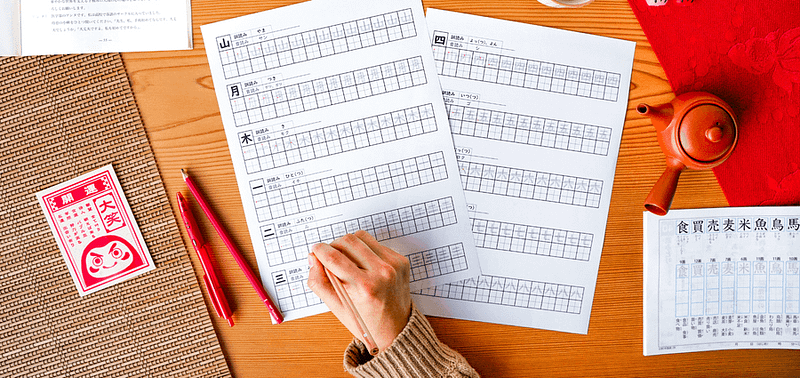From introducing yourself to someone for the first time, to asking another person for a favour, the phrase yoroshiku onegaishimasu, よろしくお願いします is an essential part of Japanese language. You hear and use it everywhere, but it can be challenging to understand how to use “yoroshiku onegaishimasu”, or if it needs to be used at all.
Various meanings
“Yoroshiku” on its own means “please treat me favourably” or “please take care of me”, while “onegaishimasu” is keigo, or the formal word, for “please”.
Together, “yoroshiku onegaishimasu” doesn’t have a direct translation. Instead, the meaning can change depending on the situation, but in general it refers to an action that will take place in the future.
It can convey gratitude or thanks to the person or people you are saying it to, or it can be used to politely request someone else do something for you. It can also be used to ask for understanding and you write it at the end of business emails as a way to sign off.
Examples
The most common example is when you meet someone for the first time. You typically introduce yourself by saying:
Konnichiwa, watashi wa Anna desu. Yoroshiku onegaishimasu.
こんにちは, 私 は アンナ です。よろしく お願いします。
Hello, my name is Anna. Pleased to meet you.
Note that it’s also normal to say “hajimemashite, はじめまして” as a greeting when you meet someone for the first time. It literally means “this is the first time (meeting you)” and is used to also express, “nice to meet you”. You’ll often find people saying both “hajimemashite” and “yoroshiku onegaishimasu” in the same introduction:
Hajimemashite, Anna desu. Yoroshiku onegaishimasu.
はじめまして, アンナ です。よろしく お願いします。
Nice to meet you, I’m Anna.
You can also use “yoroshiku onegaishimasu” when you’re asking a member of your team to help you with a task:
Tanaka-san, kono shiryou ashita made ni ko-pi o shite kuremasuka? Yoroshiku onegashimasu.
田中さん、この資料明日までにコーピをしてくれますか?よろしくお願いします。
Tanaka-san, could you make a copy of this document by tomorrow? Thank you very much in advance.
And it’s used when you drop your child off at a daycare centre or school for the first time:
Onnanoko no Yuka desu. Yoroshiku onegaishimasu.
女の子のゆかです。よろしくお願いします。
This is my daughter Yuka. Please look after her.
Note that in the second and third examples, it might feel more natural in your own language to say, “thank you”. But in Japanese it’s more appropriate to use “yoroshiku onegaishimasu”, rather than “arigatou gozaimasu, ありがとうございます”.
If you’re working at a restaurant or shop, you might also use the extremely formal version “yoroshiku onegaiitashimasu, よろしくお願ねがい致します” when speaking to customers. It can also be written at the end of emails to customers and clients, or colleagues.
Casual version
With friends, it’s acceptable to use yoroshiku on its own. For example, if you have asked your good friend to borrow something of theirs or to help you with something, you can tell them, “yoroshiku!” to say thanks in advance.
You can also use this to send your regards to someone. An example could be when you’re meeting with a friend and as you’re saying goodbye, you can ask him or her to say hi to their mother for you:
Okaasan ni yoroshiku ne
お母さんによろしくね
Please say hi to your mum (from me)

How to respond
If you are meeting someone for the first time, you will respond with “yoroshiku onegaishimasu”. You can add on “kochira koso, こちらこそ” to make it “kochira koso, yoroshiku onegaishimasu” to say, “likewise, nice to meet you”.
When you are asked to do something in a work setting, you can reply with, “kashikomarimashita, かしこまりました”. This basically means “certainly” or “sure”.
It will take some time and listening to Japanese speakers to become familiar with how to use “yoroshiku onegaishimasu”. But, it is one of the first phrases you will learn and it’s frequently used, so you will get the hang of it in no time!
Learn Japanese with Go! Go! Nihon
If you want to learn Japanese, but can’t make it to Japan just yet, why not consider one of our online courses? Our 2-week beginner crash course is designed to give you basic and essential language skills to navigate Japan on your next trip. Or, our 12-week beginner course teaches you all the fundamental knowledge you need to build your Japanese language skills.
For those who have already studied some Japanese, our JLPT N3 preparation course or N4 preparation course might be more of interest.
Check out our online course page for all the courses and for more information.
Read more articles on our blog if you want to learn more about the Japanese language.













